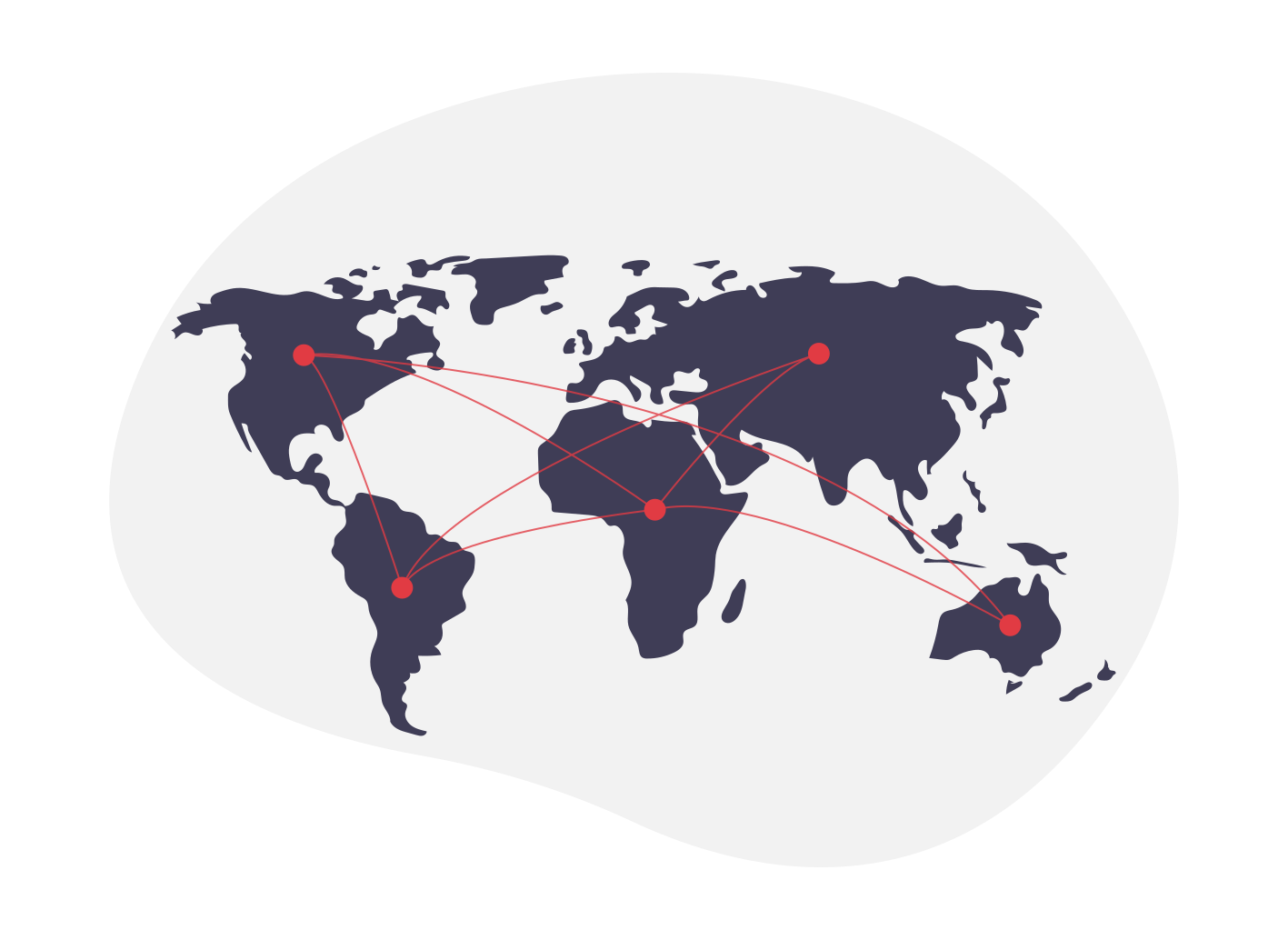Defensive motives for the internationalization of a brand
Defensive motives for the internationalization of a brand: reducing risks, securing market position.
"These defensive motives are just as strategically important as offensive ones and are becoming increasingly relevant in dynamic markets."
1. Hedging against stagnating or shrinking home markets
When markets are saturated, demand stagnates, or regulatory frameworks tighten, internationalization becomes a security-oriented step.
Reasons can include:
-
Strong local competition
-
Price declines or margin pressure
-
Overregulation of the market
-
Dependence on a few large customers
For brands, this means: Internationalization is less an option and more a strategic necessity to secure future viability.
2. Protection against increasing international competition
When global competitors enter the home market, companies must react before their market position erodes. A defensive step is to occupy the markets into which the competitor might expand next.
Goals:
-
Secure market presence
-
Build competitive advantages early
-
Proactively get ahead of competitors
This is particularly important in dynamic industries such as fintech, eCommerce, or SaaS.
3. Reducing one-sided market or customer dependencies
Many companies are heavily dependent on a few markets or customer groups. This dependency represents a significant strategic risk.
Internationalization serves as a diversification instrument here.
Typical risks:
-
Dependence on a single geographic market
-
Political or economic instability
-
Regulatory changes
-
Credit risk from large individual customers
A global brand orientation stabilizes revenue streams and reduces volatility.
4. Protection against regulatory or technological changes
Regulatory interventions especially in regulated industries like financial services, energy, or healthtech can burden the home business.
Examples
-
New taxes
-
Advertising restrictions
-
Compliance hurdles (KYC, KYB, AML)
-
Data privacy regulations
-
Technological disruptions
Internationalization opens up markets with more favorable or stable conditions.
5. Defensive brand strategy: reacting to market behavior
Sometimes competitor behavior forces companies into a defensive stance:
-
Competitors undercut prices
-
New brands enter the market
-
Market standards shift
Internationalization becomes a tool for brand protection, allowing the brand to establish a global presence early before market share is lost in the home market.
Conclusion: Defensive motives provide protection but only with forward looking brand management
Defensive internationalization is not a sign of weakness but of strategic foresight. Companies not only protect market share but also strengthen the resilience of their brand.
A clear global brand strategy, consistent brand architecture, and thorough understanding of market dynamics are crucial to successfully implementing defensive motives.
Quellen:
Cavusgil, S. T., Knight, G., Riesenberger, J. R. (2017). International Business: The New Realities. Pearson.
Johanson, J., & Vahlne, J.-E. (1977). The Internationalization Process of the Firm – A Model of Knowledge Development and Increasing Foreign Market Commitments. Journal of International Business Studies, 8(1), 23–32.
Peng, M. W. (2022). Global Business. Cengage Learning.
Hill, C. W. L., & Hult, G. T. M. (2021). International Business: Competing in the Global Marketplace. McGraw-Hill Education.
Stratoor Consulting Blog (2024). Motive zur Internationalisierung einer Marke. https://www.stratoor.com/stratoor-consulting-blog/post/motive-zur-internationalisierung-einer-marke


Submit Your Comment